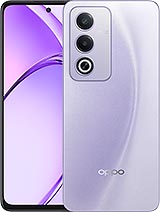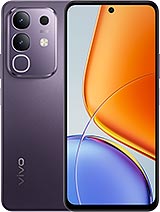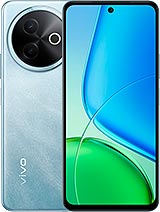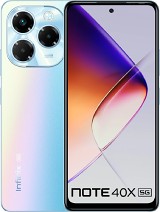iQOO Z9s alternatives
Tap above to see alternatives.
Redmi 13C alternatives
Tap above to see alternatives.
4x2.5 GHz Cortex-A78
4x2.0 GHz Cortex-A55
2x2.2 GHz Cortex-A76
6x2.0 GHz Cortex-A55
8GB 256GB (UFS 2.2)
12GB 256GB (UFS 2.2)
6GB 128GB (UFS 2.2)
8GB 256GB (UFS 2.2)
f/1.8, (wide), 1/1.95", 0.8µm, PDAF, OIS
2 MP
f/2.4, (depth)
f/1.8, 28mm (wide), PDAF
0.08 MP
(auxiliary lens)
1080p
f/2.5, (wide), 1/3.0", 1.0µm
SIM1: Nano, SIM2: Nano
SIM1: Nano, SIM2: Nano
FDD: N1, N3, N5, N8, N28
TDD: N40, N77, N78
FDD: N1, N3, N5, N8, N28
TDD: N40, N78
FDD: N1, N3, N5, N8, N28
TDD: N40, N77, N78
FDD: N1, N3, N5, N8, N28
TDD: N40, N78
In this comparison, the iQOO Z9s with the Mediatek Dimensity 7300 (4nm) performs better than the Redmi 13C with the Mediatek Dimensity 6100+ (6nm), thanks to its more efficient chipset.
They offer the same OS update support. When it comes to security updates, Redmi 13C leads with 4 years of support.
iQOO Z9s has a superior AMOLED display, while Redmi 13C uses an LCD panel. Moreover, it offers a higher 120 Hz refresh rate for smoother scrolling. iQOO Z9s also has a brighter display with 1800 nits, improving outdoor visibility. Notably, iQOO Z9s has a higher resolution display, resulting in sharper visuals.
iQOO Z9s has a larger 5500 mAh battery for longer usage. iQOO Z9s supports faster wired charging at 44W.
iQOO Z9s offers better water and dust resistance with an IP64 rating.











